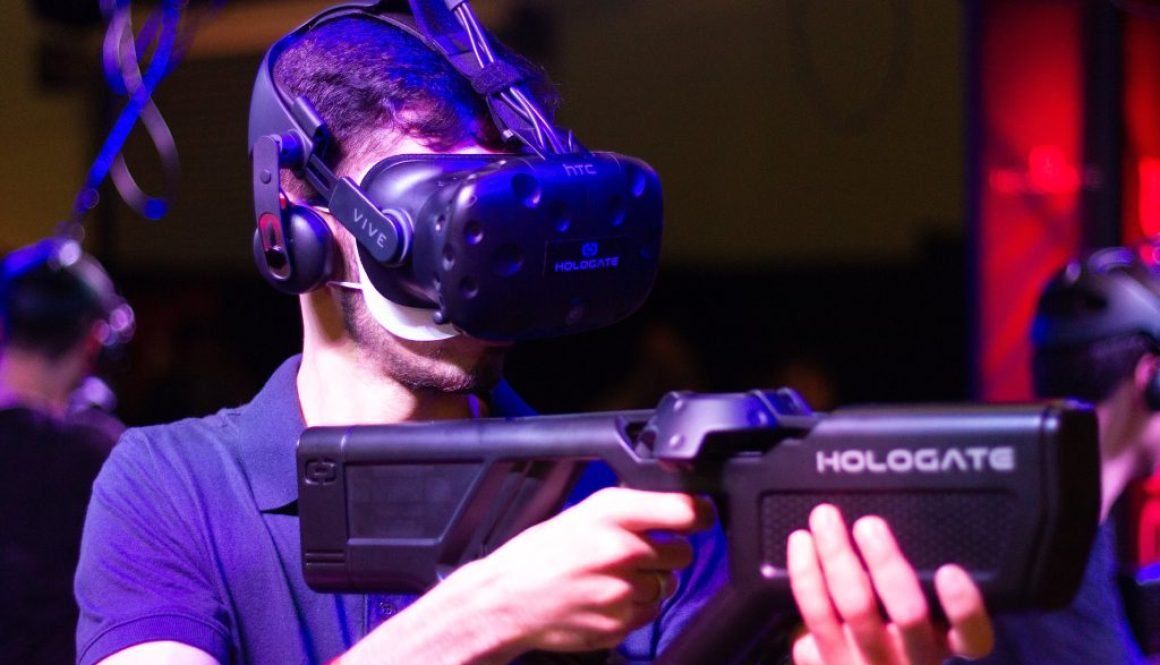Remote Control Redefined: The Art of Mastering IoT Connectivity
“Remote Control Redefined: The Art of Mastering IoT Connectivity” ushers in a revolutionary era in the ever-evolving field of the Internet of Things (IoT). This investigation explores the development of remote control in the context of IoT, revealing the complexities of mastering connectivity. It traverses the IoT landscape with an emphasis on security, efficiency, user-centric design, and the breakthroughs influencing the future, from overcoming obstacles to putting exact strategies into action. Set off on a trip where devices are harmonised and seamless, intelligent interactions are enabled, transforming connectivity from a function into an artistic endeavour.
Revolutionary Model: The Development of Remote Management in Internet of Thing
The development of remote control in the Internet of Things represents a paradigm shift in connection. This progression, from conventional remote operations to IoT-driven smart systems, signifies a fundamental shift in the way devices engage and exchange information. Accepting this paradigm change opens up previously unheard-of opportunities for smooth, integrated encounters in a variety of fields and daily life
Mastery in Motion: Deciphering the Art of Internet of Things Communication
Understanding the complex interactions between devices, networks, and data transmission is essential to become proficient in IoT connectivity. It involves arranging a symphony of platforms, sensors, and linked devices to build a coherent ecosystem. Through streamlined procedures, real-time insights, and responsive management over distant operations, this mastery enables organisations and individuals to fully use the potential of the Internet of Things.
Exposing Connectivity Issues: Obstacles and Remedies
The IoT networking landscape has a number of obstacles to overcome. It is essential to address problems like network latency, compatibility, and scalability to guarantee seamless remote control operations. Strong solutions, such as effective protocols, data encryption, and flexible infrastructures, can be put into place to help individuals and organisations overcome these obstacles and maximise remote communication.
Accuracy in Action: Putting Remote Control Techniques into Practise
It takes dexterity and planning to put efficient remote control tactics into practise. Optimal strategy selection determines the effectiveness of Internet of Things connectivity, ranging from centralised management systems to edge computing and decentralised controls. Real-time replies are guaranteed via protocols that prioritise high reliability and low latency, giving users precise control over faraway devices.
Security Reimagined: Ensuring Large-Scale IoT Connectivity
Security in the Internet of Things is critical. Ensuring connectivity at scale requires innovation in security mechanisms. To thwart potential threats, this calls for encryption, secure authentication, and ongoing monitoring. Prioritising strong cybersecurity measures becomes essential as remote control capabilities increase in order to safeguard confidential information, stop illegal access, and maintain the integrity of the overall Internet of Things ecosystem.
Handling Complicacies: IoT Integration and Compatibility
Smooth integration and compatibility are essential for navigating the IoT’s complexity. One of the key components of mastering IoT connectivity is making sure that disparate devices, platforms, and communication protocols function together seamlessly. This entails creating interoperable technology, standardised interfaces, and effective data exchange systems. Simplifying these components promotes a cohesive IoT environment and eases the user experience.
Optimising Effectiveness: Techniques for Remote Control Optimisation
Optimising performance and responsiveness through optimisation strategies is necessary to maximise efficiency in remote control activities. This entails optimising data analytics for preventive maintenance, streamlining communication protocols, and implementing effective coding techniques. These optimisation techniques support resource and energy conservation in addition to increasing the overall effectiveness of IoT systems.
Predictive Precision: Utilising Information for Preemptive Remote Management
Proactive remote control in the Internet of Things is based on predictive analytics. Predictive insights into the behaviour of systems can be obtained by utilising the massive amounts of data produced by networked devices. Organisations can anticipate problems, automate answers, and improve remote control operations by utilising machine learning algorithms. This data-driven strategy improves accuracy, lowers downtime, and strengthens the IoT infrastructure.
User-Centric Approach: Improving IoT Connectivity Experience
In order to shape the human experience inside IoT connectivity, a user-centric strategy is essential. A smooth and comfortable connection with connected devices is ensured by giving priority to responsive controls, personalised settings, and intuitive interfaces. This strategy not only increases customer satisfaction but also encourages IoT technology to be widely used, opening up new possibilities for remote control and making it easier to use.
Looking Ahead: How Innovations Are Changing IoT Remote Control
Keeping up with advancements that continue to reinvent remote control in the Internet of Things is essential to exploring new frontiers. The future holds revolutionary breakthroughs in edge computing, 5G networking, and artificial intelligence integration. Businesses and people may adjust, develop, and remain at the forefront of the always shifting IoT connection landscape by keeping a watch on these advancements.
checked:Network Security: Protecting Your Business from Cyber Threats and Data Breaches
